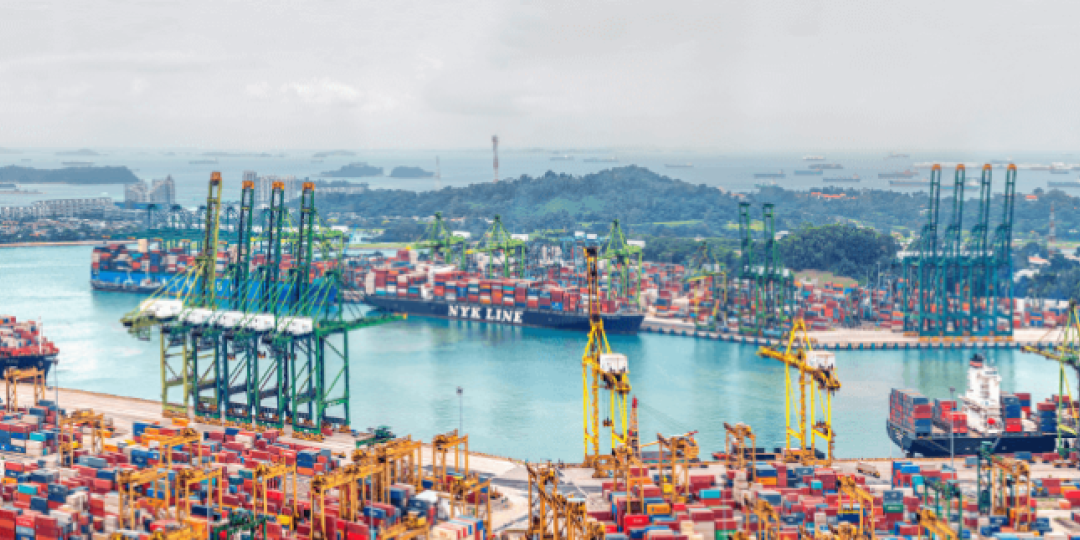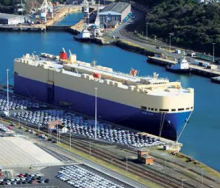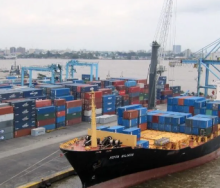The world's second-busiest container port is facing a critical congestion crisis that is exacerbating the existing shortage of ships and containers in global ocean freight.
According to data from Linerlytica, container ships are experiencing significant delays, with waiting times of up to seven days, to berth at the Port of Singapore.
The port, which for several years consistently ranked in the top 20 of the World Bank’s Container Port Performance Index, is witnessing a capacity backlog queue of up to 450 000 TEUs.
The congestion is due to various factors, including ongoing global supply chain disruptions, increased demand for goods, and a shortage of shipping containers.
Challenges have created a bottleneck in the port operations, leading to delays in vessel arrivals and departures.
The prolonged waiting times for container ships have significant implications for global trade, as delays in Singapore ripple out, impacting shipping schedules worldwide.
The congestion not only affects the efficiency of port operations but also adds to the costs incurred by shipping companies and ultimately consumers.
Authorities in Singapore are working to address the congestion by implementing measures to improve port efficiency, such as optimizing berthing schedules, increasing terminal capacity, and streamlining cargo-handling processes.
Collaboration between port operators, shipping lines and other stakeholders is crucial to alleviate the congestion and restore the smooth flow of goods through the port, several industry leaders have said.
As the situation in Singapore's container port continues to evolve, stakeholders are closely monitoring developments and implementing strategies to mitigate the impact of the congestion crisis on global trade.
Efforts to enhance port infrastructure, speed up operations, and adapt to the changing dynamics of the shipping industry will be essential in overcoming the challenges posed by the current congestion levels at the once efficient port.













